"Towada-Hachimantai National Park" sprawls across the three prefectures of Aomori, Iwate, and Akita in the Tohoku region, and "Aso-Kuju National Park" spans both Kumamoto and Oita prefectures in the Kyushu region. Both of these parks are popular among other national parks in Japan as the dynamic nature can be experienced. In this article, we will introduce carefully selected spots and activities that we particularly recommend from among the large number of highlights to choose from.
Enjoy Lake Towada and Oirase Gorge! "Towada-Hachimantai National Park"?
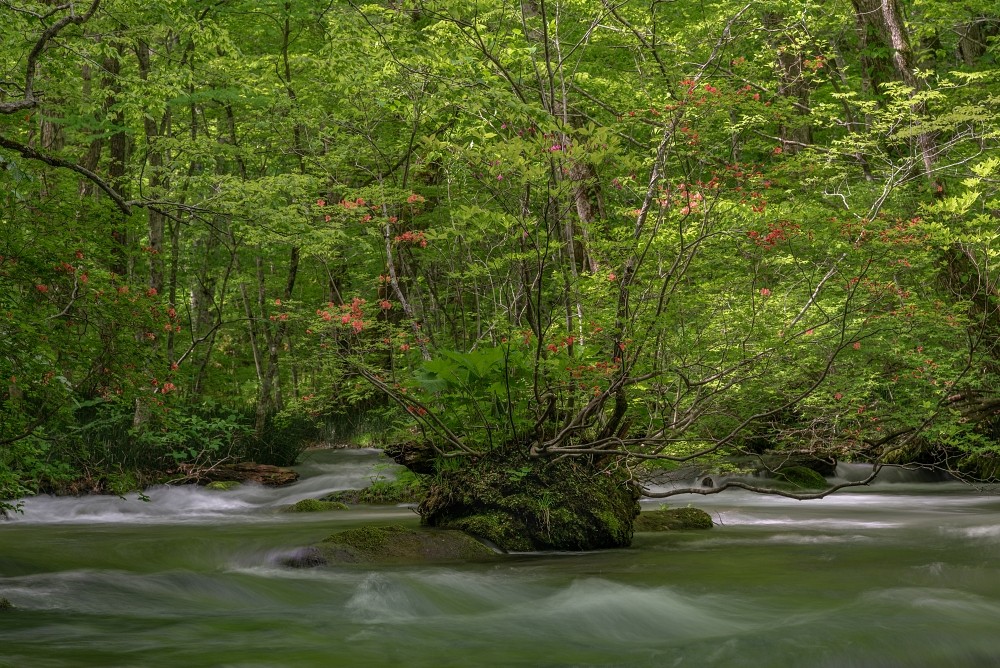
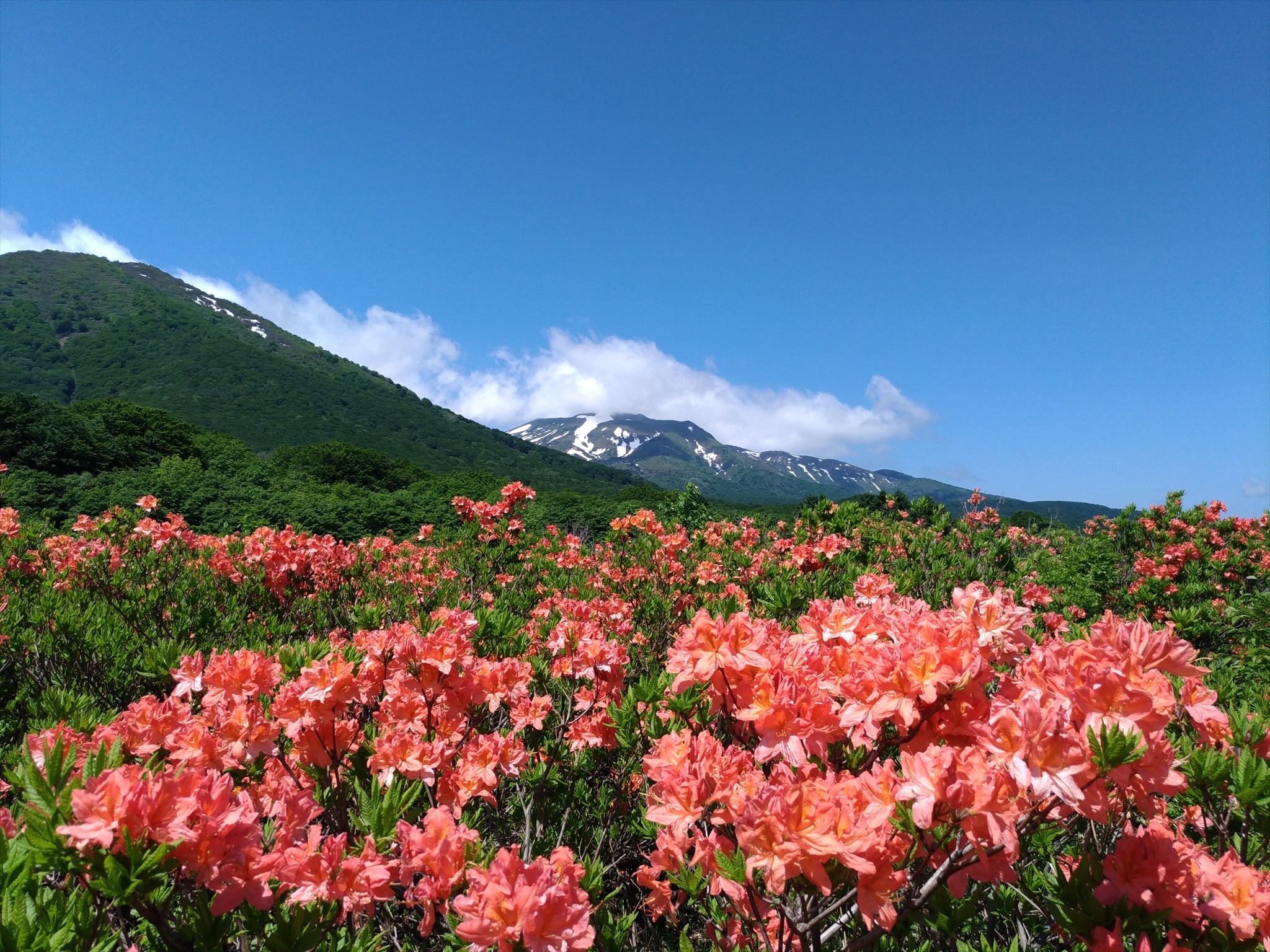
A national park covering the Towada / Hakkoda area including Mt. Hakkoda, Lake Towada, and the Oirase Gorge, and the Hachimantai area consisting of Mt. Hachimantai, Mt. Akita-Komagatake, and Mt. Iwate. The spectacular view of the mountains, valleys, and lakes is most attractive, and you can experience the intriguing sights of the four seasons, such as the lush greenery appearing throughout summer, the autumn leaves in the autumn season, and the snowy landscape in winter. Particularly, the clear stream that runs for about 14km, "Oirase Gorge", that flows out of Lake Towada is a recommended spot for going for a stroll.
Recommended spots at Towada-Hachimantai National Park
1. Enjoy Oirase Gorge no matter the season
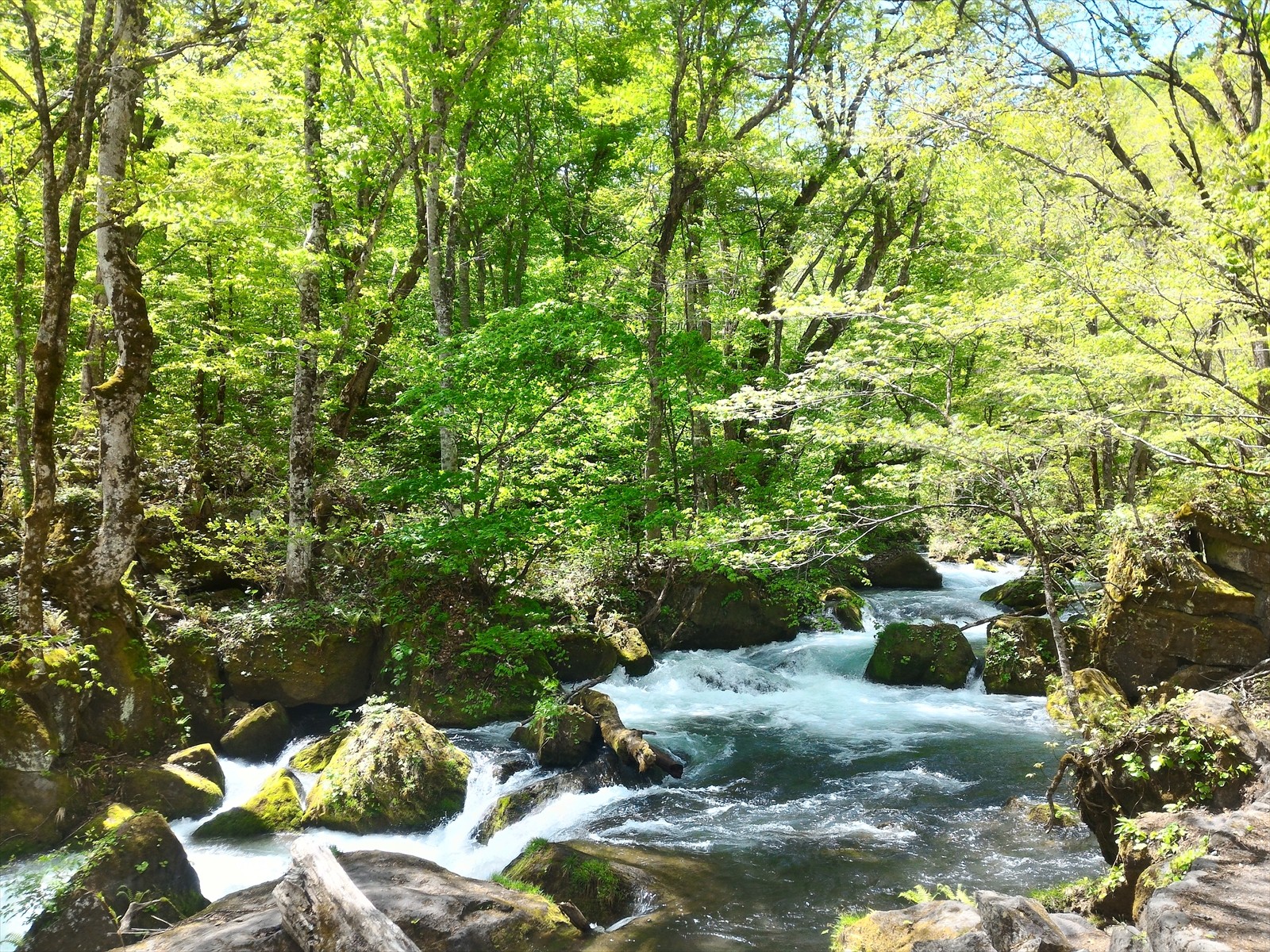
Take a stroll along the Oirase River, which flows for about 14km from the eastern shore of Lake Towada in Towada City, Aomori Prefecture, to Yake-Yama with a tour guide who specializes in Oirase! Enjoy the Oirase Gorge from various angles while listening to explanations about the plants, history, and geology of the area.
Additionally, in winter, we recommend taking a night bus tour where the illuminations of Makado Rock, Shiranuno Waterfall, Kumoi Waterfall, and more can be enjoyed while listening to explanations from a local nature guide. There is also the "Snow Oirase Sanpo" activity where you can take a leisurely stroll through the snow-covered forest while wearing snowshoes.
2. Head to the hot spring in the national park & go trekking with snowshoes in winter at "Hachimantai"

A mountain sitting at an altitude of 1613 metres straddling the Akita and Iwate prefectures, and the surrounding plateau "Hachimantai". It is brimming with things to see such as Fudo Waterfall, Mt. Iwate, and Kuroyachi Marsh, and many hikers and climbers come to see the lush greenery in summer and the autumn leaves in autumn. In autumn, we recommend taking a tour where you can stroll along the wooden trail at Hachimantai Onuma and enjoy searching for autumn leaves, and in the winter, you can wear snowshoes at Hachimantai Onuma and trek through the primeval beech forest with a tour guide. At an altitude of 1000m, there are seven hot springs including a volcanic bath and a mud bath where bubbles make your skin beautiful, and there are even hot spring areas such as Goshogake Onsen!
Activities at Towada-Hachimantai National Park
1. A Mysterious Lake that doesn’t freeze in winter - Lake Towada

"Lake Towada" was formed by the eruption of Towada volcano around 200,000 years ago. It is a typical caldera lake shaped like a mortar, and is known as a "mysterious lake" as it never freezes even in winter. There is also an activity where you can go on a tour on Lake Towada with a tour guide on a Canadian canoe. Experience the spectacular nature of Lake Towada, which was formed over many years!
2. As high as 8m! Aspite Line Snow Corridor
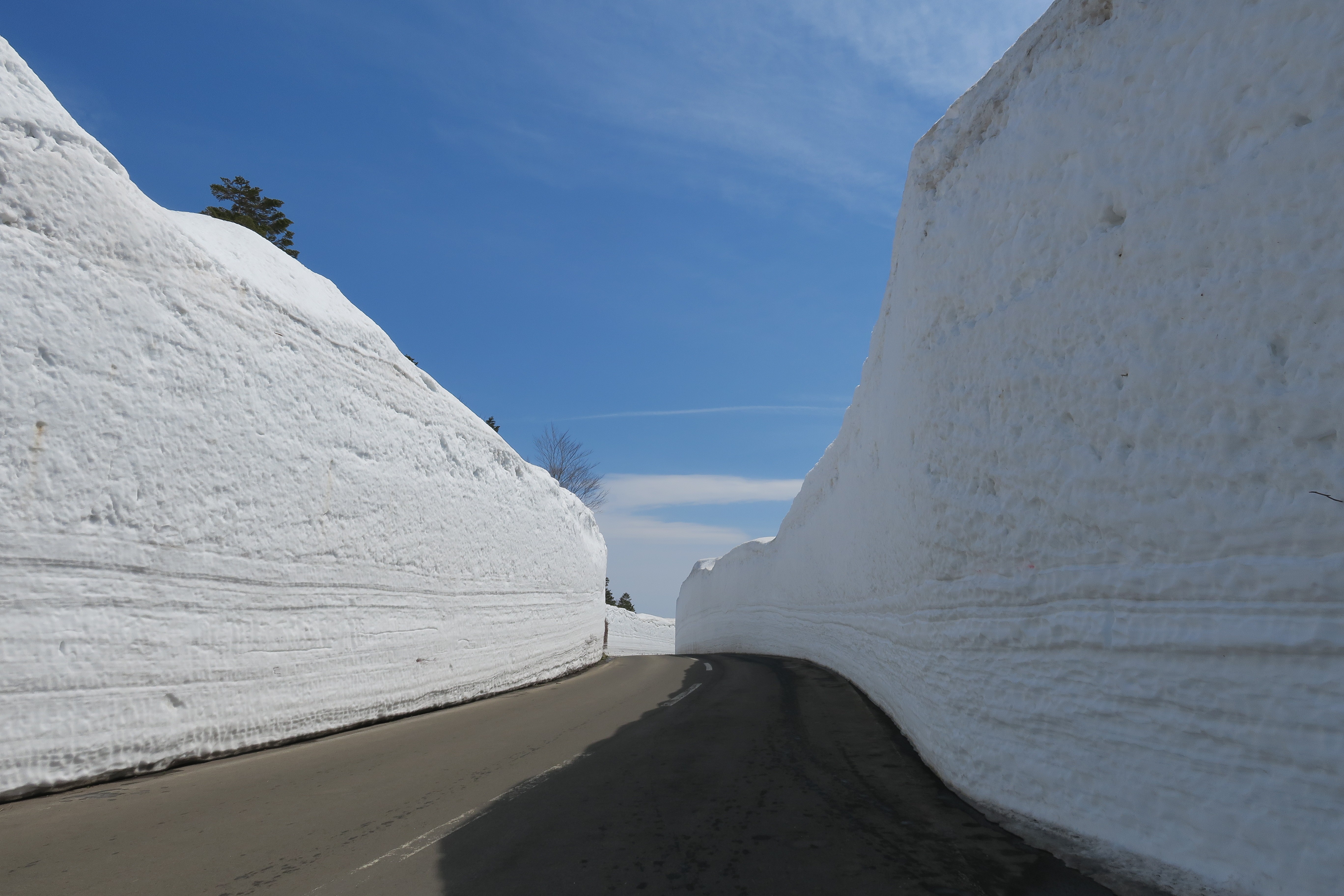
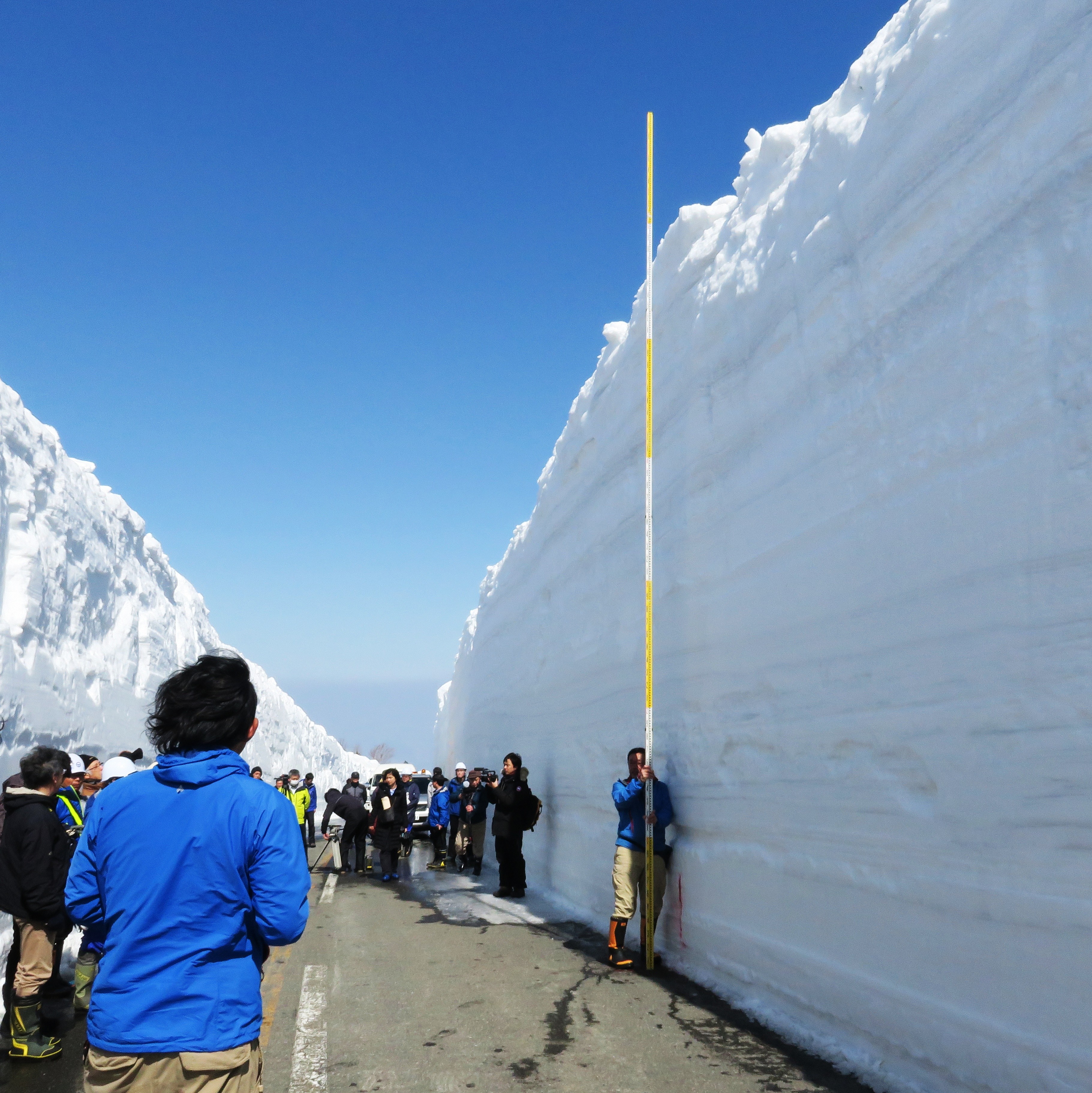
The scenic road "Hachimantai Aspite Line" runs across Hachimantai for a total length of around 27km connecting Hachimantai City in the Iwate Prefecture to Kazuno City in the Akita Prefecture. Be sure not to miss the "Snow Corridor", a snow wall which was created due to the removal of snow in winter. Measuring a total length of 27km, it is the longest snow corridor in Japan, and its height increases as it approaches the summit, with the highest wall reaching 8m. The road is closed during the snowy season, but when the road is reopened around mid-April, many tourists come to see the snow corridor. At the foot of Hachimantai, there is a famous place for viewing cherry blossoms, and there are times when the snow corridor and cherry blossoms can be enjoyed at the same time.
3. Enjoy the snow scenery from Hakkoda Ropeway
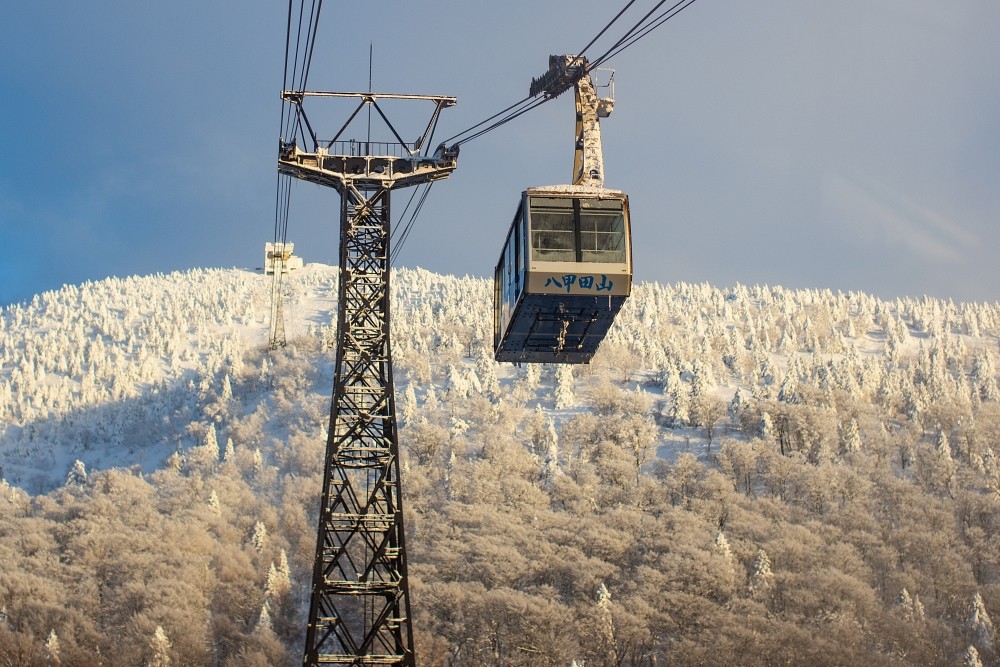
If you visit in winter, you should experience the snowy scenery from Hakkoda Ropeway. Particularly, the "juhyo" (snow monsters), which looks the best from January to February, is a must-see. "Juhyo" (snow monsters) is a natural phenomenon which occurs when supercooled rime or cloud particles are blown and land on trees and freeze. This phenomenon is also called an ice monster. In the Hakkoda area, the Abies mariesii trees are covered with rime and a magical landscape sprawls out before you. Enjoy looking at the "juhyo" (snow monsters) while skiing with a professional ski guide!
For details regarding Towada-Hachimantai National Park:
→ https://www.tripadvisor.com/InfoCenter-a_ctr.Stories_to_Experience_2?pagename=TowadaHachimantai
"Aso-Kuju National Park" centred around Aso Volcano with one of the largest calderas in the world
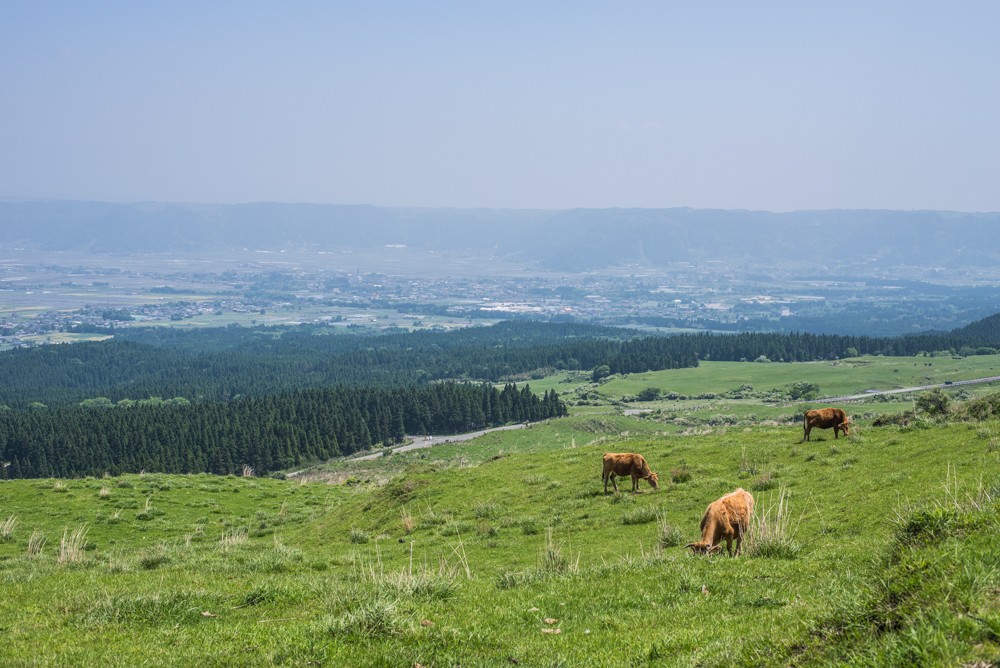
"Aso-Kuju National Park" is characterized by the world’s largest caldera spreading 18km East to West and 25km North to South, along the end of a volcanic range such as Mt. Aso and the Kuju mountain range, as well as the magnificent and gentle grasslands.
Around 50,000 people live in the caldera area, which is said to be a rare occurrence around the world. From the high mountains, you can enjoy the wonderful scenery that can only be seen at this spot every season, such as the azalea "Rhododendron kiusianum" that bloom in early summer, the autumn leaves in autumn, and the rime in winter can be seen. There are even trekking courses, spring spots and hot springs that can be enjoyed with family. Additionally, "Akaushi cattle" graze in Aso’s vast grasslands until early spring, and you can go and see them grazing.
Recommended spots around Aso-Kuju National Park
1. Enjoy walking in the air with a Tandem flight experience at Mt. Aso
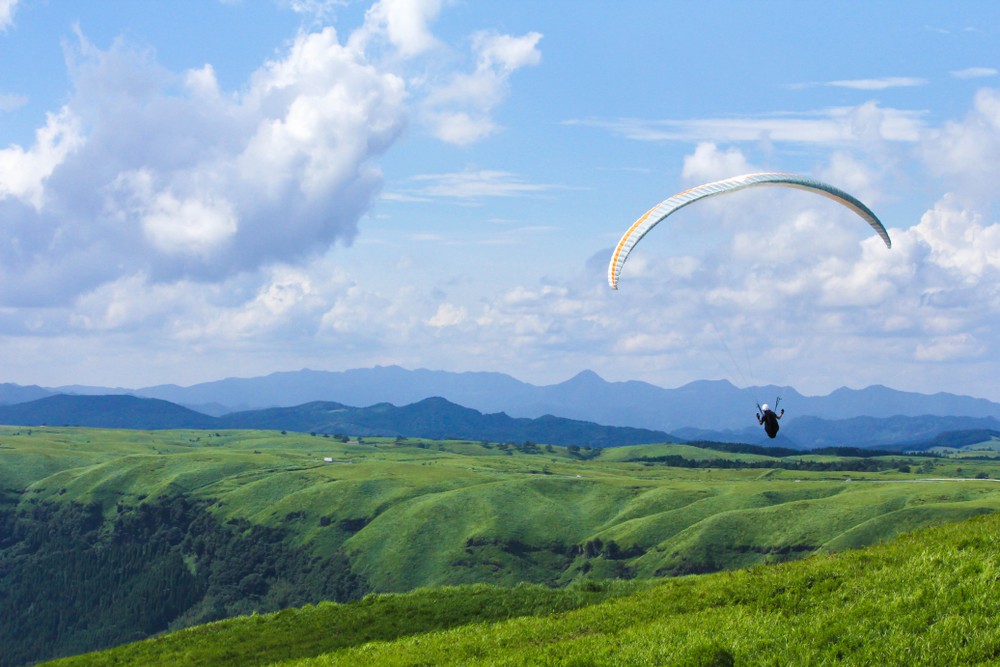
"Tandem flight" is an activity where Mt. Aso can be experienced. The flight starts with a "Great View" where Mt. Aso Gogaku can be seen in front of you and the vast grasslands sprawl out. The paraglider is a two-seater with a pilot, so even beginners can have the experience and feel safe. Enjoy an aerial walk while taking in the spectacular view of Mt.Aso from Mt.Kitagairin.
2. “Daikanbo” is a 360 degrees wide panoramic view spot


The highest peak of Mt.Kitagairin. It is the best view spot in Aso where a 360-degree panorama can be enjoyed, and you can see Mt. Aso, the Kuju mountain range, and the city of Aso. The "Aso Gogaku" seen from Daikanbo is called the "Nehan statue" because it looks like a reclining Buddha. In the photo, the mountain range looks like a reclining Buddha having acupuncture. There are even souvenir shops and restaurants, so it is recommended as a spot for a break too.
Recommended activities at Aso-Kuju National Park
1. See “Komezuka”, its beautiful form just like an upside down bowl
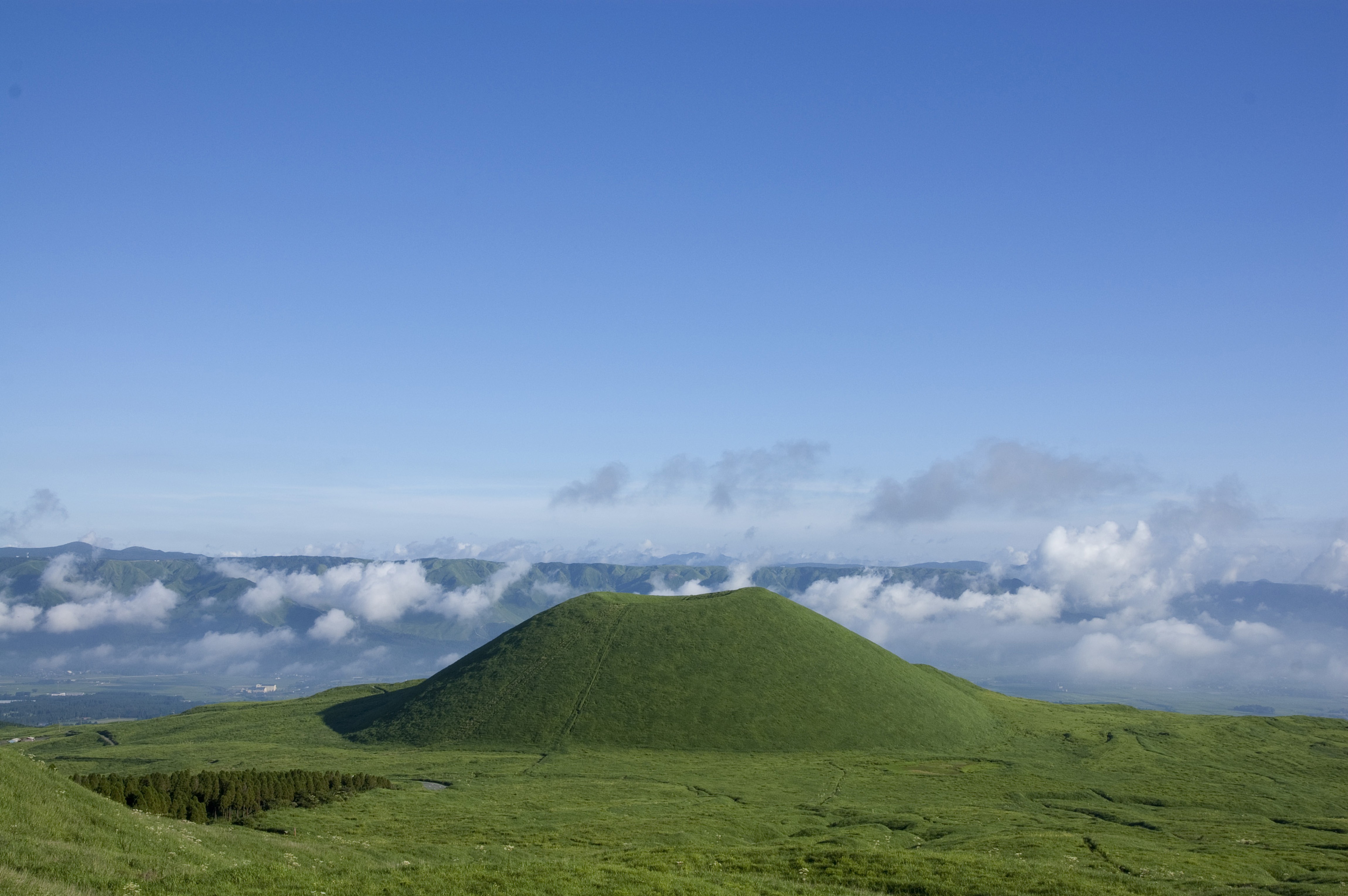
The beautifully shaped Komezuka that looks like an upside down bowl at the foot of "Mt. Kishima", one of Mt.Aso Gogaku. Formed by an eruption that occurred around 3300 years ago, the slopes are decked with soft grasslands so are dyed green from spring and through summer. It is about 80 metres high and has a large dip where the crater mark is. Take a look while driving past or looking through the train window.
2. Ride on Aso Gogaku on horseback at “El Patio Ranch”

"El Patio Ranch" where the grassland sprawls as far as the eye can see. It is one of the best ranches in Japan where you can ride horses while enjoying the view of the mountains such as Mt. Aso and the Kuju mountain range. As well as the slow walking course for beginners, there is even a fast walking course, and more.
3. See white volcanic smoke you close at “Nakadake Central Crater”
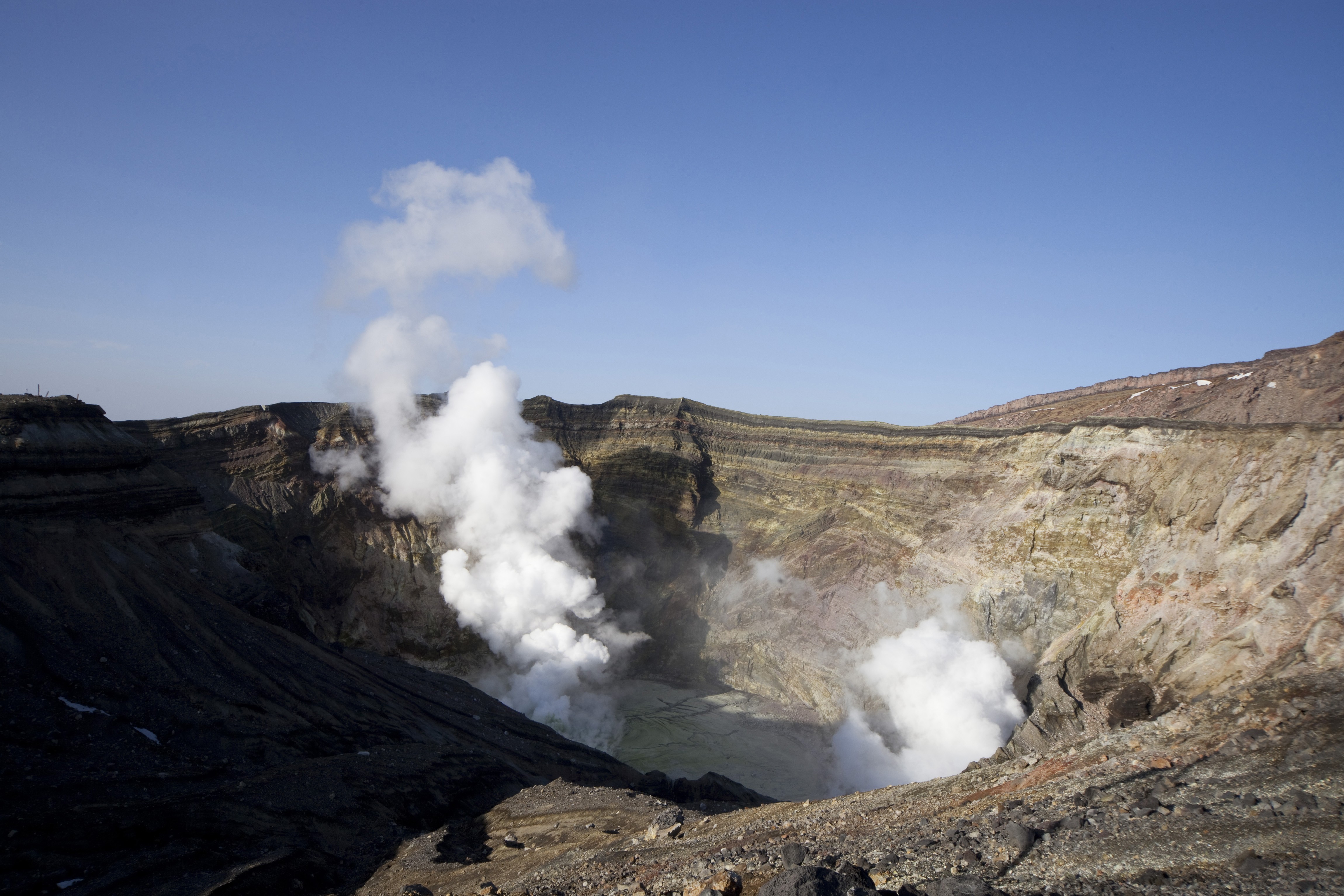
Among the Aso Gogaku (Mt. Takadake, Mt. Nakadake, Mt. Nekodake, Mt. Eboshidake, Mt. Kishimadake, there’s a huge crater at Mt. Nakadake with a diameter of 600m and a depth of 130m and a circumference of 4km where you can still see the dynamic appearance of white volcanic smoke violently billowing out. Please be aware that while there is volcanic activity, you may not be able to get close to the crater.
Information about Aso-Kuju National Park can be found here
→ https://www.tripadvisor.com/InfoCenter-a_ctr.Stories_to_Experience_2?pagename=AsoKuju
Stories to Experiences
The above brand slogan was established by Japanese national parks hoping that foreign tourists will "experience the nature, history, and culture unique to the areas they visit" as well as "enjoy the natural scenery of each season that represents Japan."
Why not step into Japan's wilderness brimming with a variety of charming things to see and create your unique "experience story"?
Please check the various activities that can be experienced in the national parks, as well as the recommended spots introduced above, from this site ♪

⇒ https://www.tripadvisor.com/InfoCenter-a_ctr.Stories_to_Experience
The introduced activities may be changed due to the effects of the novel Coronavirus (COVID-19). Please check the official homepage for the most up to date information.
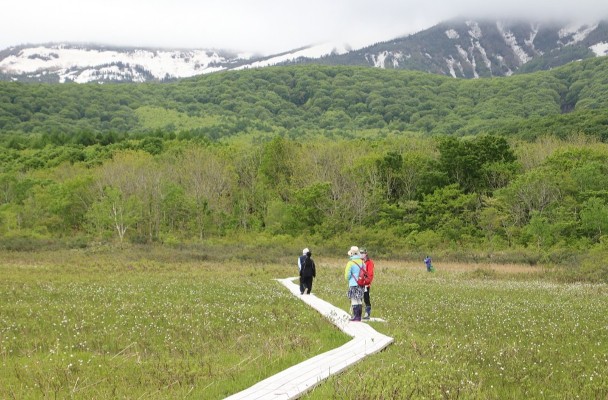
Comments